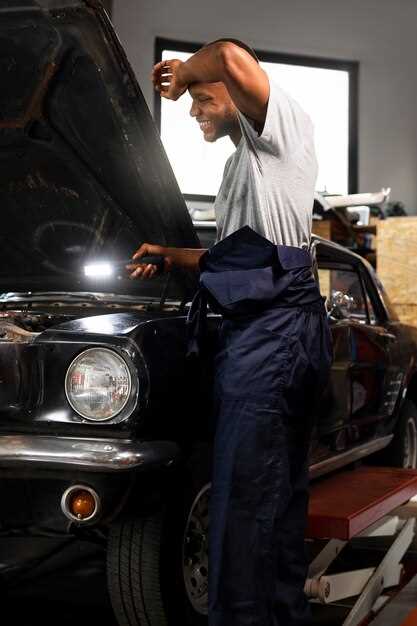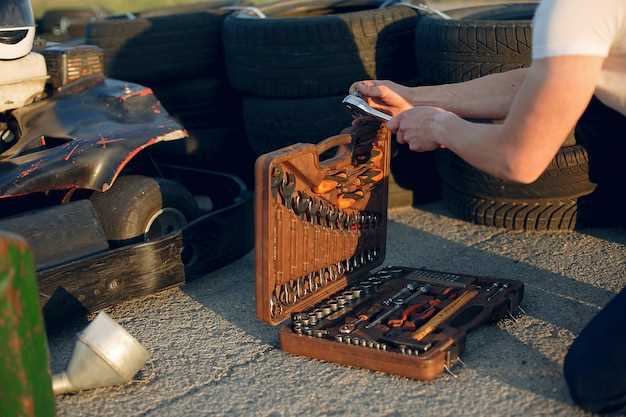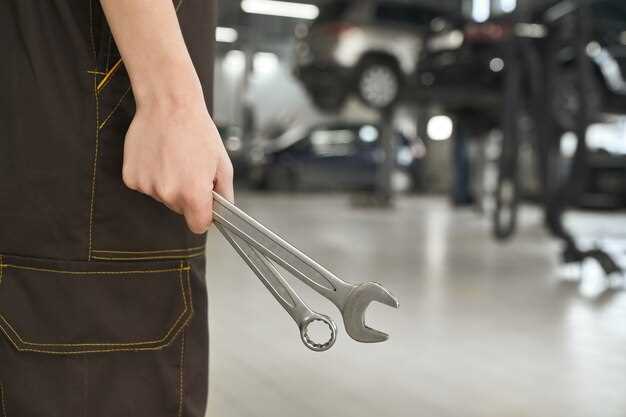
Owning a classic car is not just a hobby; it’s a passion that demands dedication and attention. To keep these beautiful vehicles in optimal condition, enthusiasts need to establish a comprehensive routine that addresses the unique needs of classic cars. Regular maintenance and care can prolong the life of your investment, ensuring that it remains a head-turner on the road.
One of the primary aspects of routine care is understanding the specific requirements of your classic car. Each model has its quirks and characteristics that require tailored maintenance practices. Regular checks on the engine, transmission, and braking systems are essential, as well as monitoring fluid levels and making timely oil changes. Emphasizing these details in your routine ensures that your vehicle operates smoothly and safely.
Another critical facet is the external care of your classic car. Protective measures such as waxing, polishing, and using cover when parked can shield your car from the elements. This routine not only enhances the car’s aesthetic appeal but also protects its paintwork and finish, which are vital for retaining value and character over the years.
Lastly, don’t overlook the importance of documenting your routine care activities. Keeping a detailed record of maintenance work, repairs, and restorations can provide valuable insight over time. This documentation not only serves as a personal reference but can also enhance the resale value of your classic car by demonstrating the dedication you’ve shown in caring for it.
Engine Maintenance: Key Steps to Preserve Performance
Routine engine maintenance is essential for classic car enthusiasts who want to ensure optimal performance and longevity of their vehicles. One of the primary steps involves regular oil changes. Using the correct type of oil and changing it at recommended intervals helps to reduce friction and wear on engine components.
Another vital aspect of engine care is monitoring the cooling system. Check the coolant level regularly, and make sure to flush the system according to the manufacturer’s schedule. This prevents overheating and contributes to the overall health of the engine.
Inspecting and replacing air filters is crucial for maintaining optimal airflow. Dirty filters can restrict air supply, negatively affecting engine performance. Additionally, keeping the fuel system clean helps maintain efficiency. Use quality fuel and consider periodic fuel injector cleanings to avoid buildup.
It is also important to check and maintain the ignition system. Regularly inspect spark plugs, wires, and ignition coils to ensure a strong spark and efficient fuel combustion. Replacing worn components can lead to significant performance improvements.
Finally, always keep an eye on engine belts and hoses. Look for signs of wear, cracking, or leaks. Replacing these components proactively can help avoid breakdowns and costly repairs. Following these routine care steps will preserve your classic car’s engine performance for years to come.
Exterior Care: Techniques to Protect Paint and Trim

Maintaining the exterior of your classic car is essential for preserving its value and ensuring its longevity. Routine care techniques focused on protecting paint and trim not only enhance aesthetic appeal but also prevent costly repairs down the line.
One of the most effective ways to safeguard your car’s paint is through regular washing. Use a pH-balanced car shampoo that won’t strip protective wax layers. Always wash from the top down, using a microfiber mitt to prevent scratches. Rinse thoroughly and dry using a soft, absorbent towel to minimize water spots.
Applying a high-quality wax or sealant is crucial for protecting the exterior. Wax acts as a barrier against UV rays, dirt, and environmental contaminants. Plan to wax your car every three months, focusing on areas that typically wear faster, such as the hood and trunk. For added protection, consider using a ceramic coating which offers longer-lasting durability.
When it comes to trim, keep it clean and hydrated to prevent fading and cracking. Use a trim-specific cleaner and a soft cloth for regular maintenance. Applying a silicone-based protectant can restore the color and add a protective layer, shielding against UV damage.
Additionally, parking your classic car under a covered area or using a breathable car cover when parking outside will help protect against the elements. This simple care routine can significantly extend the life of your paint and trim, ensuring your vehicle remains in excellent condition for years to come.
Finally, conduct regular inspections to catch any issues early. Look for signs of rust or chips in the paint. Address these problems promptly to avoid extensive damage. Consistent exterior care is vital for every classic car enthusiast who values their investment.
Storage Solutions: Best Practices for Year-Round Care

Proper storage is crucial for maintaining the condition of your classic car throughout the year. Here are some best practices to ensure your vehicle remains in top shape:
- Choose a Suitable Location:
- Opt for a climate-controlled garage to prevent temperature fluctuations.
- Avoid areas with high humidity to reduce the risk of rust and corrosion.
- Clean Before Storage:
- Wash and wax your classic car to protect the paint and body.
- Remove any dirt or debris to prevent scratches and mold growth.
- Use Quality Covers:
- Invest in a breathable cover that prevents moisture buildup.
- A fitted cover will protect from dust and scratches while allowing ventilation.
- Battery Maintenance:
- Disconnect the battery to prevent drainage.
- Consider using a battery maintainer for optimal care.
- Fluid Maintenance:
- Change the oil and filter to remove contaminants before storage.
- Keep the fuel tank full to prevent condensation, adding a fuel stabilizer if possible.
- Tire Care:
- Inflate tires to the recommended pressure to avoid flat spots.
- Consider using jack stands to alleviate weight from the tires.
Following these storage solutions will help you provide the necessary care for your classic car, ensuring it remains a joy to drive for years to come.



